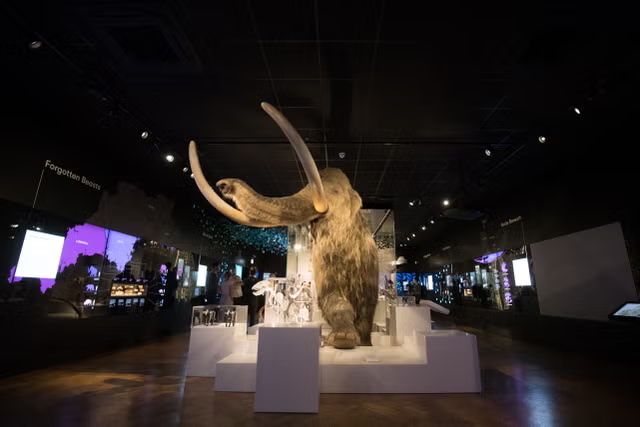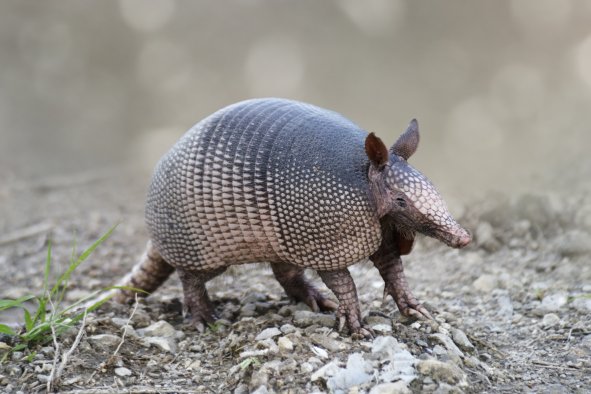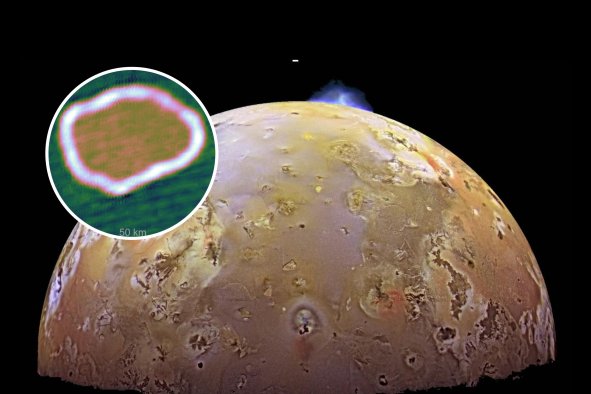Scientists have dug up a paleontological "Pompeii," one preserving not an unprecedented snapshot of Roman life but of the bizarre world of 512 million years ago.
The site has revealed entirely unknown and surprising details about one of the best-studied creatures in the fossil record: trilobites.
These pill bug-like extinct marine creatures are among the earliest forms of arthropods, the phylum that includes insects, scorpions, spiders, and crustaceans (including their closest modern relative, the horseshoe crab).
Normally, only the armored, segmented shells of trilobites are preserved in the fossil record from which experts have identified more than 20,000 individual species.
However, at the site in the High Atlas of Morocco, the team found trilobites that had been rapidly encased in a volcanic ash flow that choked their coastal home, resulting in the most pristine fossils known to date that preserve even the soft tissue in "exquisite detail."
The study was undertaken by paleontologist Greg Edgecombe of the Natural History Museum in London and his colleagues.
"I've been studying trilobites for nearly 40 years, but I never felt like I was looking at live animals as much as I have with these ones," Edgecombe said in a statement.
"I've seen a lot of soft anatomy of trilobites, but it's the 3D preservations here that is truly astounding."
Not only did the ash molds record the three main sections of each creature's carapace, but also their many legs with paired, hairlike breathing structures and even their digestive tracts, which had filled up with ingested ash.
Some specimens were even preserved with so-called "lamp shells" (known to scientists as "brachiopods") still attached to the trilobites' exoskeletons in life position.
In their work, the researchers used CT scanning to create three-dimensional, virtual models of the trilobite fossils.
The analysis revealed an additional pair of appendages on the specimens' heads, along with a fleshy lobe covering the creature's mouths that had never before been seen in trilobites.
"The results revealed in exquisite detail a clustering of specialized leg pairs around the mouth, giving us a clearer picture of how trilobites fed," paper co-author and University of Bristol paleontologist Harry Berks said in a statement.
"The head and body appendages were found to have an inward-facing battery of dense spines, like those of today's horseshoe crabs."
"An unexpected outcome of our work is discovering that volcanic ash in shallow marine settings could be a bonanza for exceptional fossil preservation," Edgecombe added.
Lead author Abderrazak El Albani, a sedimentology professor at the University of Poitiers, France, agreed, saying in a statement: "I think pyroclastic deposits should become new targets for study, given their exceptional potential for trapping and preserving biological remains, including delicate soft tissues.
"As a scientist who has worked on fossils from different ages and locations, discovering fossils in such a remarkable state of preservation within a volcanic setting was a profoundly exhilarating experience for me."
He concluded: "These findings are anticipated to lead to significant discoveries about the evolution of life on our planet Earth."
The full findings of the study were published in the journal Science.
Do you have a tip on a science story that Newsweek should be covering? Do you have a question about paleontology? Let us know via science@newsweek.com.
Disclaimer: The copyright of this article belongs to the original author. Reposting this article is solely for the purpose of information dissemination and does not constitute any investment advice. If there is any infringement, please contact us immediately. We will make corrections or deletions as necessary. Thank you.



